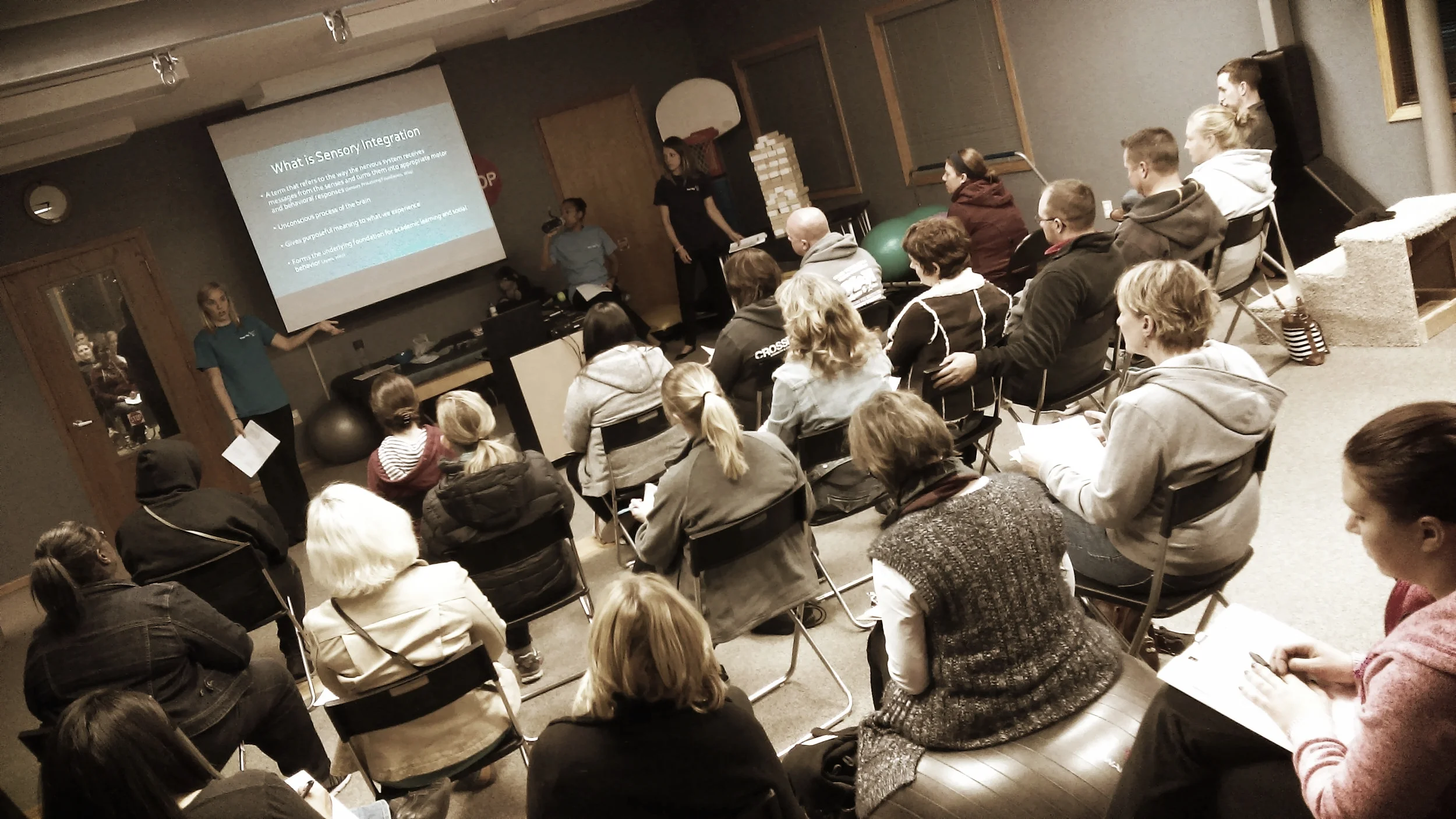Transitions with your kiddo!
/Big and small transitions can be challenging for kiddos. In this video, OT's Mallory and Michaela explain why transitions can be challenging as well as provide some tips to help caregivers make transitions easier for everyone involved in them!
Click here to see our TOPS Tips Video on Transitions
Read More


















